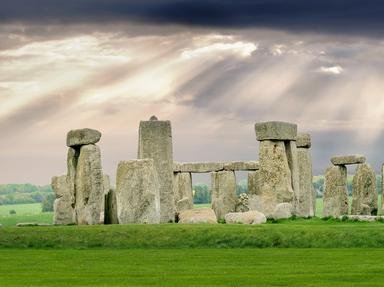Quiz Answer Key and Fun Facts
1. This photo shows the enclosure called the citadel, which surrounds the Imperial City of Huế. It consists of a wall and a moat whose water comes from which fragrant river?
2. The Imperial City covers the entire area inside the walls of the citadel.
3. This is the main gate leading into the Imperial City. It is known as the Meridian Gate ('Ngọ Môn' in Vietnamese), and also by the directional name that identifies the side of the citadel on which it is located. What is this common name?
4. After entering through the Meridian Gate, you will cross the Thái Dịch Lake by means of the Trung Đạo Bridge, walk along the Esplanade of Great Salutation (Vietnamese 'Sân Đại Triều') before reaching one of the more significant buildings of the Imperial City, whose Vietnamese name is Điện Thái Hoà. Which of these is NOT an English-language name commonly used in reference to this building?
5. Inside the Imperial City is a region to which only members of the Imperial family had access. It is shown on this map outlined by a solid square. What is its regally colourful name?
6. The grounds of the Imperial City contain many symbolic statues and ornamentations. This statue, called 'une licorne' in French, is seen in a number of places. What is the English name for the creature it represents?
7. This picture of part of the Imperial Pleasure Gardens shows a local topiary style called Ḥn Non Bộ. Which of these is a possible English translation of this term?
8. This picture shows one of the nine large urns to be found outside the building called 'Thế Miếu'. What do they represent?
9. This picture shows the interior of the Temple of the Ancestors, as it has been restored in the 21st century. What imperial dynasty, reigning from 1802 until the middle of the 20th century, was responsible for building the Imperial City?
10. This is the entrance to Cung Diên Thọ (Palace of Longevity) which was built in 1804 by Gia Long for which of these purposes?
Source: Author
looney_tunes
This quiz was reviewed by FunTrivia editor
trident before going online.
Any errors found in FunTrivia content are routinely corrected through our feedback system.

